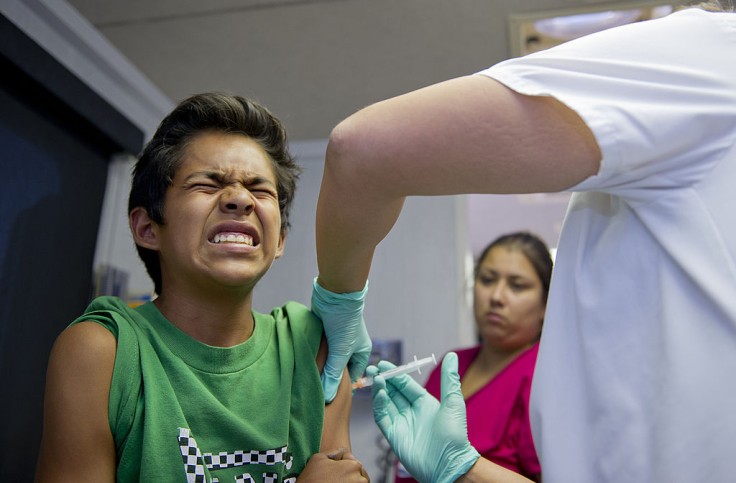
Chickenpox is a common childhood illness caused by the Varicella-Zoster virus. It's highly contagious and often recognized by its distinctive red spots and itchy bumps.
As a parent, understanding the signs and knowing how to manage the condition is essential for your child's well-being.
In this comprehensive guide, we'll delve into the world of chickenpox in children and provide insights on how to spot it, manage its symptoms, and when to seek medical assistance.
How to Spot Chickenpox in Children
The initial signs of chickenpox are the appearance of small, red spots on the skin. These spots are often accompanied by flu-like symptoms such as fever, fatigue, and a general feeling of discomfort.
Within a day or two, these red spots transform into fluid-filled blisters, giving the classic appearance of chickenpox. It's crucial for parents to recognize these early signs:
- Red Spots: The red spots are usually the first noticeable sign of chickenpox. They can appear anywhere on the body, including the face, torso, and limbs. These spots are often itchy and can lead to discomfort for your child.
- Blisters: As the infection progresses, the red spots transition into fluid-filled blisters. These blisters may break, forming shallow sores. It's essential to keep your child's nails trimmed to prevent excessive scratching and the risk of secondary infections.
- Itchiness: Itchiness is a hallmark of chickenpox. The urge to scratch can be intense, but scratching should be discouraged to prevent scarring and infection. Instead, consider using anti-itch creams or giving your child oatmeal baths to ease discomfort.
Managing Chickenpox in Children
Once you've identified chickenpox in your child, the key is effective management to alleviate discomfort and promote a speedy recovery:
- Comfort: Ensure your child is comfortable by providing soft, loose-fitting clothing. This can help reduce irritation caused by the rash.
- Oatmeal Baths: Oatmeal baths are a soothing way to relieve itchiness. Adding colloidal oatmeal to warm bathwater can help reduce discomfort and itching.
- Over-the-Counter Medications: Always consult your pediatrician before using any over-the-counter medications, but they may recommend an antihistamine to reduce itching.
- Nail Care: Keep your child's nails trimmed short to minimize the damage from scratching.
- Hydration: Encourage your child to drink plenty of fluids, especially if they have a fever, to stay well-hydrated.
- Isolation: During the contagious phase, keep your child isolated from other children to prevent the spread of the virus.
When to Seek Medical Attention
In most cases, chickenpox runs its course without complications. However, it's essential to be aware of situations that warrant medical attention:
- High Fever: If your child's fever is unusually high or persistent, it's advisable to consult a healthcare professional.
- Secondary Infections: If any of the chickenpox blisters become infected, or if you notice any signs of infection (such as increased redness, swelling, or discharge), contact a doctor.
- Breathing Difficulty: Although rare, chickenpox can lead to pneumonia, which may cause breathing difficulties. If your child experiences respiratory issues, seek immediate medical assistance.
Recognizing chickenpox in children, from the early red spots to the development of itchy blisters, is the first step in effectively managing the infection. By following the guidelines mentioned above, you can provide your child with comfort and care while they recover.
Remember that every child's experience with chickenpox is unique, and while it can be uncomfortable, it's usually a temporary illness that passes with time.
If in doubt, consult your pediatrician for guidance and peace of mind. In summary, chickenpox is characterized by red spots that progress to itchy blisters.
Effective management involves providing comfort, preventing scratching, and seeking medical help when necessary. By being vigilant and following these guidelines, you can ensure your child's recovery from this common childhood illness.
Related Article: Child with COVID-19? Essential Do's and Don'ts for Every Parent